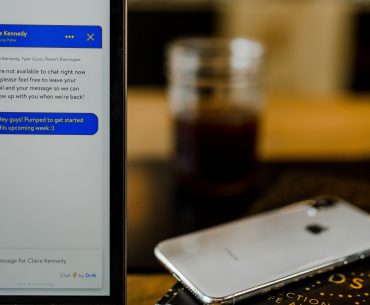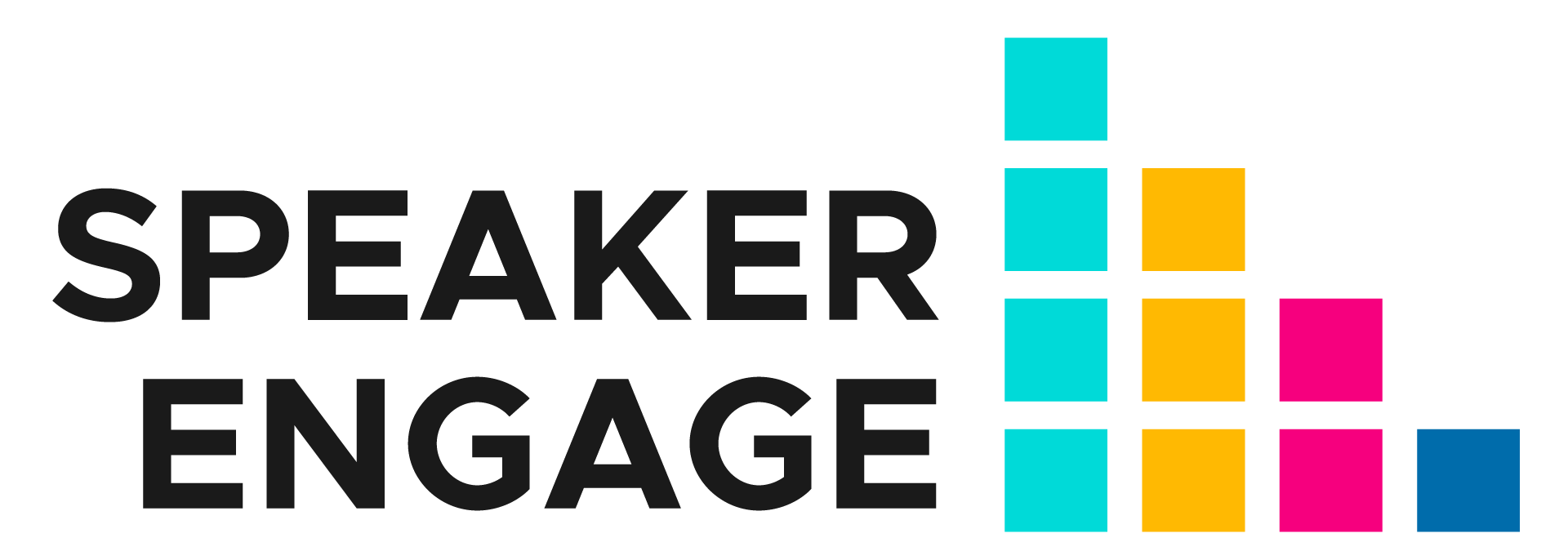
7 Ways AI Chatbots are Transforming Human Experience in Virtual Events

If you’re not used to attending virtual events, everything from setup to attendance and wrap-up can feel rushed and intangible. Chatbots can help bring a more relaxed, even human, element to the experience by providing a trusted guide to the entire process. Below are 7 ways a chatbot set up to provide support for an event could dramatically enhance a person’s experience with any given virtual event.
Setting Up
Using a chatbot to provide customer support is nothing new. For example, the chatbot for Nike shoes and their “Stylebot” can take information from the customer and provide relevant product options, order the product, and provide tracking and shipment updates. Troubleshooting and training prior to a live event can work similarly.
First, the chatbots need to introduce the basic requirements. They can then run through a checklist or answer questions, depending on how familiar the participant is with virtual events and the software used to run them. By helping participants to set things up before an event begins, they may be less likely to be stressed during the event, or feel rushed at the last minute.
Provide Answers About an Event Before It Begins
In addition to setting up technical requirements, a chatbot is an excellent source of information about how an event will work, what panels or sessions are on offer, and how to get more information before making any final decisions. The longer a chatbot is active leading up to an event, the more types of questions it may be able to answer as traffic increases.
Chatbots can provide this functionality for both live and digital events. For example, BizBash in Los Angeles created a chatbot that was able to adequately answer 1,630 questions leading up to and during their one-day event.
RSVPs and Reservations
In addition to answering questions about the content of an event or giving times, dates, and directions a chatbot can be used to set reminders, RSVP, or create reservations. This was the case with the chatbot created by Oracle and Heineken to provide information at and about Urban Polo events.
Though this was a chatbot designed for a live event, what Heineken and Oracle learned could just as easily apply to digital events. The chatbot was also integrated with social media, so the bot could connect with users, provide reminders, and facilitate posts. The key takeaways by Heineken and Oracle were that a chatbot off of Facebook may have an easier entry, and they would like to encourage the use of the chatbot for a longer period before each event.

Scheduling and Reminders
On the other hand, there are 100% virtual events like Cisco’s Global Sales Experience Meeting. This event is only for employees so outside information and social sharing are not necessary. What is necessary is something to help with scheduling. In this case, that something could be a chatbot. This event contained 88 hours of consecutive sessions including 58 keynote addresses, 10 break-out sessions, and 124 chat sessions.
With all of that content, anyone could be overwhelmed. Allowing a chatbot to prioritize events by interest and timing could be key to getting the most out of an event like this if it were presented in an a la carte manner. Reminders for each session could also be key to each participant’s success.
Multilingual Q and A During a Live Event
While the majority of the content in an event may be in a specific language having a multilingual Q and A, or sign-posting for help with questions in another language, can help bridge any gaps that might occur after an event or session.
Chatbots may also be able to provide resources, such as transcripts, notes, or other files, that can help bridge gaps in comprehension of the content of a live digital event. In live chat sessions, it’s also possible for a chatbot to be able to translate a question or answer if the chatbot can understand a particular language.
Real-Time Moderators for Live Chat
Chatbots can help humans interact more efficiently and, even, more politely. One way to do this is to allow chatbots to interact with or even moderate live chat sessions or Q and A. There are many ways to go about this, including methods adopted by IBM.
IBM offers an example of a chatbot that can detect explicit images, any use of language that could be interpreted as angry, and negative phrases in a chat platform in real-time. If the message is seen as inflammatory, it can be sent back to the user with a note about how to improve the message, even a suggested alternative. In addition to detecting messages that don’t contribute to a conversation positively, this same bot could detect and answer common questions, freeing up the interviewee or conversation leaders.
Data to Improve the Next Event
Chatbots can collect data during all of this activity, from setup to wrap-up. This data can be used to improve the event the next time it is run, or even to improve the content offered around the event.
Which questions were the bot asked most frequently? Were there any common technical issues? Did scheduling conflicts reduce the popularity of a given session? All of these questions should be easy to answer with the data a chatbot can collect. Further, designing a chatbot to collect certain data during an event, or to allow it to answer questions about sponsors as well as the event, may help improve its overall benefit.


